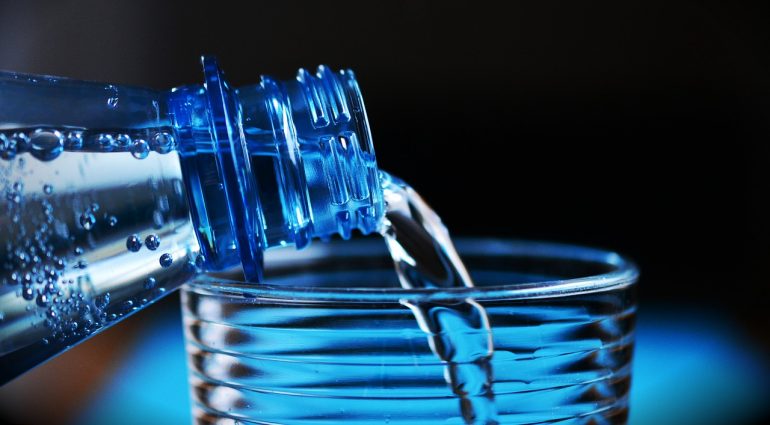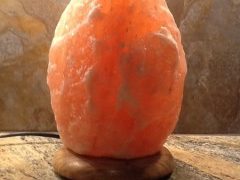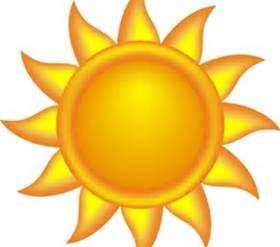Bottled water is available in stores around the world. But how safe is it to drink? There certainly are numerous brands to choose from and a wide range of water types from seltzers to mineral waters. Is bottled water better for you than tap water? What about the safety of plastic bottles? We’ll take a look at those concerns in this article and a few others as well.
Common Chemicals in Plastic Water Bottles
Phthalates –This chemically derived compound is used to make plastic flexible. These powerful hormone disruptors are linked to numerous health concerns including cancer, sterility, the feminization of males, reduced IQ in children, miscarriages, hyperactivity, allergies, asthma and a host of other problems.
BPA- Bisphenol A (BPA) is used in many products such as plastic food containers, canned foods and water bottles. It is used in plastic bottles to prevent cracking. There are many concerns with BPA, when exposed to heat, BPAs can leach into water. BPA is also known to negatively impact reproductive and endocrine systems, as well as increasing the risk of numerous cancers including brain, breast, ovarian and prostate.
PET– Polyethylene terephthalate or PET may not be as safe as once thought. PET has been found to break down over time and leach into whatever beverage it contains. DEHA was also found in the water sample from reused water bottles. DEHA has been linked to liver problems, reproductive difficulties, and is suspected to cause cancer in humans.
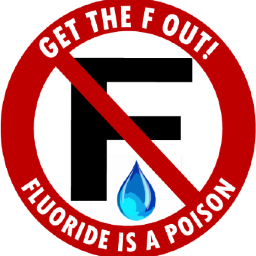
Additional Risks of Bottled Water
Fluoride-Fluoride was added to our water supply with the belief that it improved dental health. We now know that over exposure to fluoride can increase your risk of cavities, as well as increase the risk of pitting and discoloration of teeth. This study shares the effect of fluoride on the neuro development of children. Phillipe Grandjean states, “Fluoride seems to fit in with lead, mercury, and other poisons that cause chemical brain drain,”
Antimony-This study found that antimony a known carcinogen, increased from 19 to 90 percent after water bottles were stored at room temperature for six months.
Estrogen mimickers- This study found widespread contamination of water with xenoestrogens, resulting from plastics leaching into the water.
Numerous chemicals in bottled water-This 2013 study found more than 25,000 chemicals in bottled water. Researchers learned that bottled water interfered with hormone receptors; amounts as little as 0.1 ounces inhibited estrogenic activity by 60 percent and androgenic activity by 90 percent. The tap water that was tested on the other hand, showed no activity on either form of receptor.
Looking to avoid fluoride in your bottled water?
IBWA BRANDS CONTAINING FLUORIDE
| BRAND | WEBSITE | QUALITY REPORT ONLINE |
| Alhambra | DS Services | Yes |
| Arrowhead | Nestle Waters North America, Inc. | Yes |
| Belmont Springs | DS Services | Yes |
| Crystal Rock | Crystal Rock, LLC and Vermont Pure Holdings Ltd | Yes |
| Crystal Springs | DS Services | Yes |
| Deer Park | Nestle Waters North America, Inc. | Yes |
| Diamond Springs | Diamond Springs Water Co. | Yes |
| Hinkley Springs | DS Services | Yes |
| Ice Mountain | Nestle Waters North America, Inc. | Yes |
| Kandiyohi | Premium Waters Inc. | Yes |
| Kentwood Springs | DS Services | Yes |
| Mayer Bros. | Mayer Bros. Apple Products Inc. | |
| Mount Olympus | DS Services | Yes |
| Nursery Water | DS Services | Yes |
| Ozarka | Ozarka Water and Coffee Service | |
| Poland Spring | Nestle Waters North America, Inc. | Yes |
| Pure Flo | Pure Flo Water Company | Yes |
| Puritan Springs | Puritan Springs Water | |
| Shenandoah | Shenandoah Corporation | Yes |
| Sierra Springs | DS Services | Yes |
| Sparkletts | DS Services | Yes |
| Zephyrhills | Nestle Waters North America, Inc. |
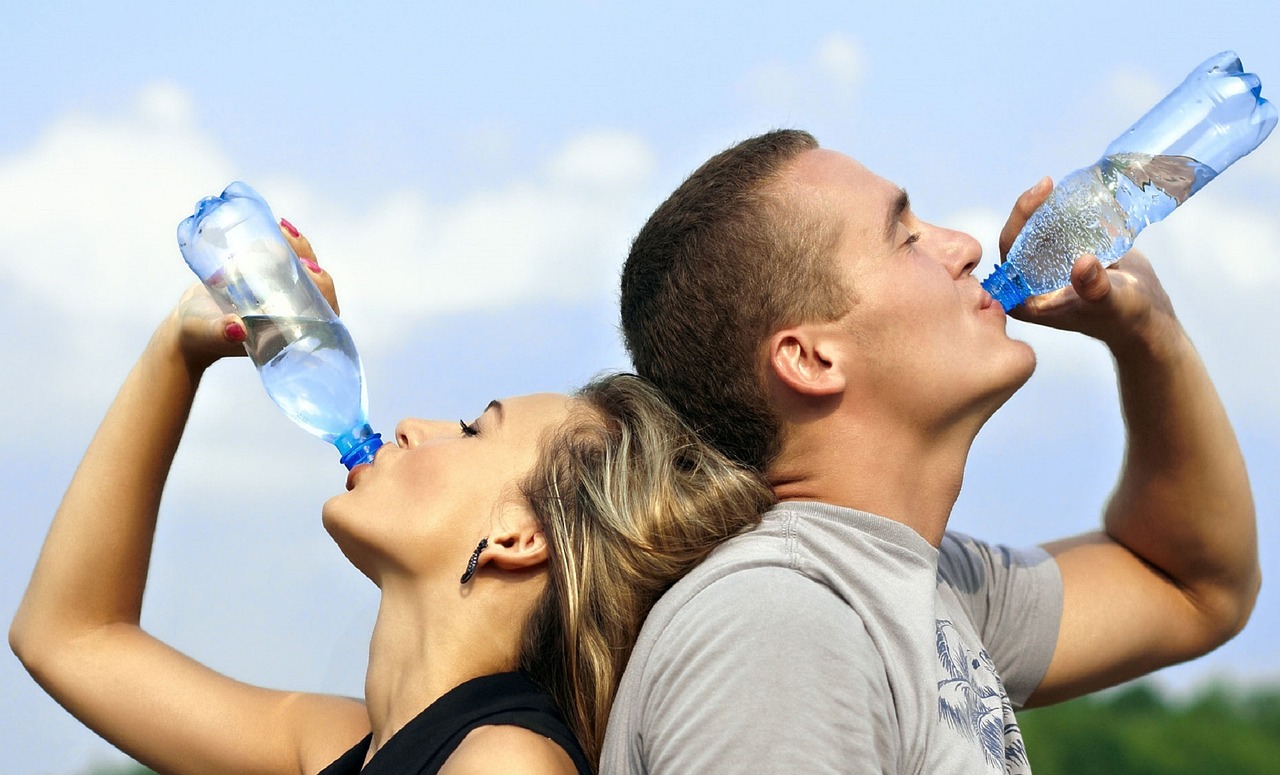
Home Water Filters
There are numerous options for home water filtration. There are models that connect directly to your faucet, pitchers or whole house filters. Let’s look a four common filtration methods:
Charcoal Filters-Solid carbon filters are generally the best for removing chemicals from your water. These systems leave minerals intact. These filters can be placed in pitchers, water bottles, attached to your faucet or as part of a whole house water filtration system.
Distilled Water-This water is vaporized turning it into steam in one chamber and condensing it again into liquid in a separate chamber. Distilled water contains no minerals, so if this is your main water source you need to add minerals to the drinking water.
Ionizer-This device can be adjusted to change the alkalinity of water to help restore the body’s pH. Use and settings are best discussed with a healthcare professional.
Reverse Osmosis-Disadvantages include the removal of 100% of the organic materials of water including most of the minerals. This method also produces many gallons of “waste water” as only 10-25% of the incoming water goes through the unit, which means waste can run 2-30 gallons daily depending on the units’ size and efficiency.
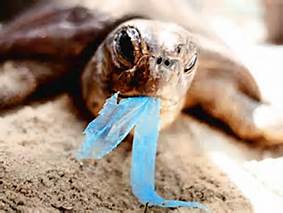
Plastic & the Environment
Plastic pollution is becoming a huge problem, according to 5 gyres, Americans use three million plastic bottles an hour. So where does all that plastic go? Less than 30 % of plastic water bottles are recycled.
Roughly seven out of every 10 bottles are trashed. Sadly from the landfill, many plastic water bottles end up in the ocean, where they not only pollute our waters, but kill many birds and sea creatures as well.
- According to the Container Recycling Institute, 100.7 billion plastic beverage bottles were sold in the U.S. in 2014, or 315 bottles per person.
- 57% of those units were plastic water bottles: 57.3 billion sold in 2014. This is up from 3.8 billion plastic water bottles sold in 1996, the earliest year for available data.
- The process of producing bottled water requires around 6 times as much water per bottle as there is in the container.
- 14% of all litter comes from beverage containers. When caps and labels are considered, the number is higher.
Options to Bottled Water
Test your home tap water and consider a water filter or whole house filter if needed.
Purchase reusable glass bottles or stainless steel bottles.
Refill your own water bottles, for trips, errands and long drives.
Bring empty reusable bottles to health food stores and use their filtered water dispensers.
Use water refilling stations at national parks, airports, etc.
Check out findaspring.com to find natural springs in your area.
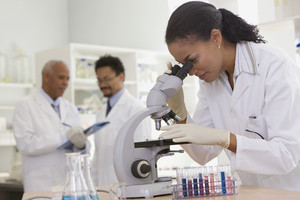
Water Testing
There are numerous options available for water testing. Test kits are available in hardware stores, online and through independent or national labs, as well as through the EPA. Fees for testing vary, based upon what you are testing for.
After contacting the lab a kit will be mailed to you with instructions and all materials needed for testing. The kit with your water sample is mailed out and the results are returned to you via hard mail or e-mail.
References:
http://www.bottledwater.org/fluoride
http://fluoridealert.org/articles/phosphate01/
http://www.cnn.com/interactive/2016/12/world/midway-plastic-island/
http://myhealthmaven.com/numbers-plastics-bottles-mean/
This article was originally posted at The Hearty Soul

